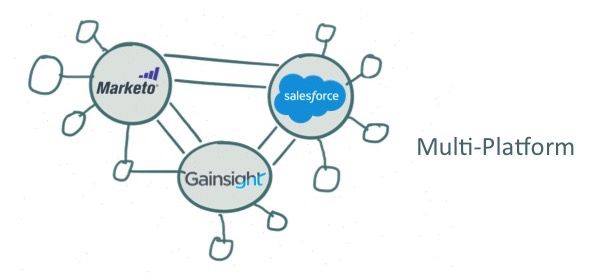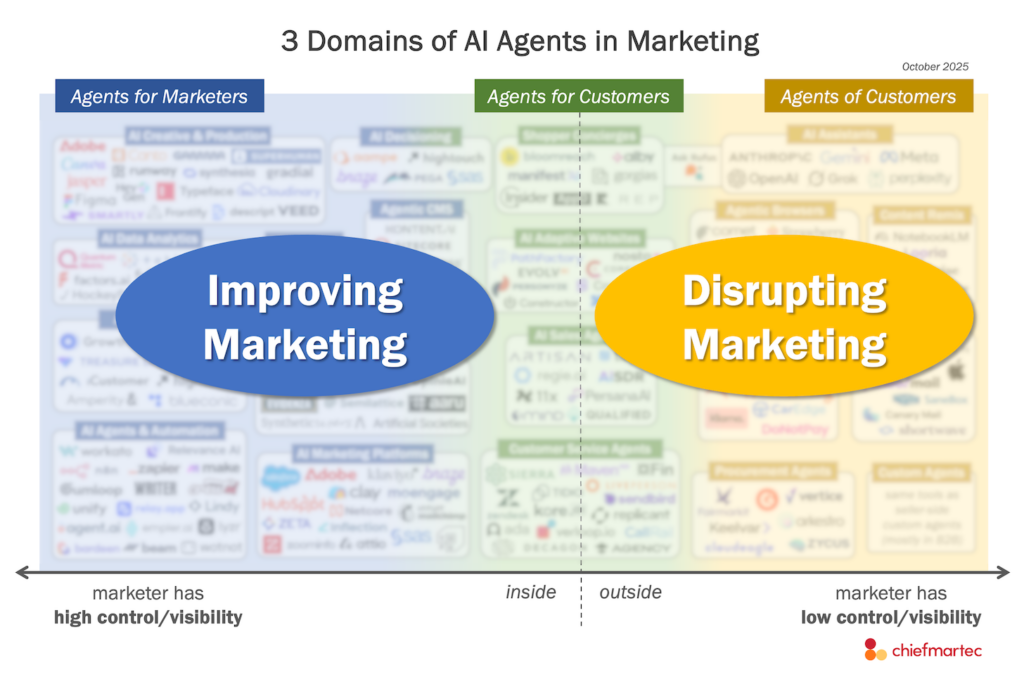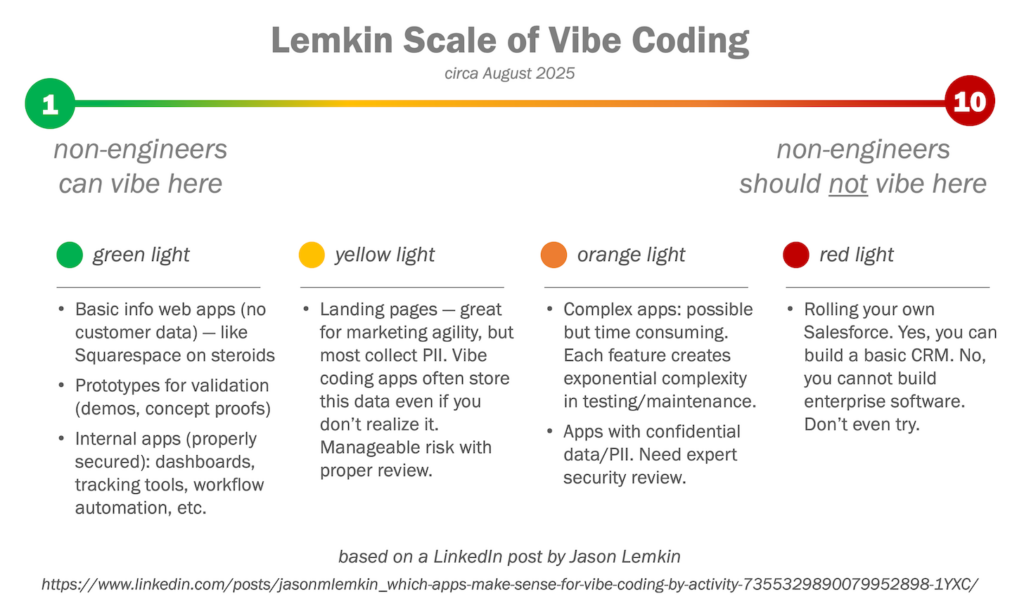
The following is a guest article by Roger Lee, a general partner at Battery Ventures. As regular readers know, I rarely publish guest posts, particularly those that emphasize individual vendors. When you read this one, you may think I have thrown that policy out the window, as Battery has invested in two out of three companies featured in it (update: three out of three, if you count that ExactTarget is now part of Salesforce). I have not.
I chose to publish this because I think it’s another great example of how the martech world seems to be evolving into a multi-platform environment. The marketing tech stacks at many companies seem to increasingly revolve around two or more major systems that are strategic peers. Roger’s “MSG stack” — Marketo, Salesforce, and Gainsight — illustrates the strengths of each component and how they fit together, even though there’s certainly competitive overlap between them too.
Software Entrepreneur’s Playbook: Manage the Customer Lifecycle with the MSG Stack
You’ve perhaps heard of the LAMP stack, the standard web-service building blocks of Linux, Apache, MySQL, and PHP. Now there’s a new superstar technology stack on the rise: MSG.
That’s right, when it comes to building a robust customer lifecycle management program – from generating and nurturing leads, to closing deals, to managing long-term customer relationships – take a cue from your local Chinese restaurant and use MSG to make your customers happy. (And no, it won’t make you hungry again in an hour.)
What is MSG? It’s an acronym for a customer-lifecycle management software stack comprised of products from Marketo, Salesforce.com, and Gainsight. Companies big and small across a wide range of verticals are now adopting the MSG stack to find and keep customers. They use marketing- automation software Marketo to generate leads and nurture these prospects. Then, they deploy Salesforce.com to follow up on these leads and turn them into paying customers. Finally, they tap Gainsight, which makes “customer-success management software” to understand how their end-customers are using their products and help drive renewals and upsells over the long-term.
As an investor, I see many companies deploying the MSG stack. Why? Because companies are finally realizing that customer success is company success. Helping your customers be successful on an ongoing basis — and not just selling them a product once and forgetting about them — delivers ever-increasing revenue and long-term growth. From the moment a sales rep first interacts with a potential customer, to 10 years later when you’re still working hand-in-hand with that customer to make sure they’re happy, customer success is a long journey.
In my view, the MSG stack is the best way to manage that journey. Marketo and Gainsight are tightly integrated into Salesforce.com, functioning as tabs within the Salesforce.com interface. The tight integration between the three products means employees in different departments, such as sales, marketing, and customer success, can work together to serve customers. MSG is really just an elegant way to empower employees across the organization to interact with customers in one central place. Since the MSG products work seamlessly together, employees use the stack as a hub to access all information about a particular customer, making it easy to spot potential issues, see where upsell is possible, and find ways to better serve that customer over time.
Many companies are already using MSG with great results. Hootsuite is one. The company is the world’s most widely used “social relationship” platform, allowing users to manage social-media programs across multiple social networks from one dashboard.
“Our decision to use the MSG stack allows Hootsuite to ensure our global customer success program is able to scale client information and provide pro-active account management to drive value to our customers,” says Roger Orde, global VP of customer success at Hootsuite, which has more than 10 million users. “The flexibility of the MSG stack allows our customer success team to scale operations to effectively reduce churn, increase upsell potential, and drive customer advocacy.”
In particular, the combination of Marketo, Salesforce.com, and Gainsight helps Hootsuite better serve its 1,700 enterprise customers, says Orde. By combining the capabilities of all three software tools, Hootsuite’s customer success team can get a complete view of each customer — from their ongoing goals with social media, to how they respond to marketing campaigns, and any issues with their implementations. From there, the customer success team can work individually with each enterprise client to ensure they’re getting the most out Hootsuite, and find ways to better help them meet their goals over time.
SaaS company Lotame uses MSG to manage the full customer lifecycle. As prospects interact with Lotame’s marketing campaigns over time, Lotame tracks all of these interactions in Marketo and captures leads in Salesforce. Once the prospect becomes a customer, Lotame uses Gainsight to track the “health” of the client at any given moment, says Andy Monfried, founder and CEO of Lotame. A customer’s “health score” is calculated from within the MSG stack. Marketo tracks how customers interact with marketing campaigns; Salesforce tracks client support and transactions; and Gainsight tracks surveys and client interactions to measure ongoing satisfaction.
Digital advertising company Boost Media also uses MSG. The company says its marketing team uses Marketo to engage prospective customers and educate them during each stage of the buying cycle. After a prospect becomes a client, the customer success team takes over responsibility for customer engagement, using both Gainsight and Marketo. That team uses Gainsight to develop a 360-degree view of customer health, responding to both risks and opportunities for each client. The customer success team uses Marketo to engage customers at different stages of the lifecycle, providing them with the information they need to get the most value from Boost.
Multiple teams use Salesforce.com as a “source of truth” about customers, says Jeff McCarthy, VP of customer success at Boost. “Because Marketo and Gainsight work seamlessly with Salesforce, we are able to build robust profiles of our customers that span the entire lead-to-support lifecycle.”
The MSG stack may not yet be common parlance, but it will be soon as more companies adopt this product trifecta to better serve their customers. In today’s highly competitive market, companies that treat customers as their number-one asset will take the lead. Adopting the MSG stack lets companies nurture, capture, and service customers in a seamless arc, attracting more new customers and losing fewer over time.
(For a full list of Battery investments and exits, click here.)
Thanks, Roger.
UPDATE: Based on feedback from multiple readers that the meta-point I was trying to make about this article — further evidence of multi-platform topologies in marketing technology today — was diminished by the promotional feel of the guest post itself, I have apologized and acknowledged that there was probably a better way to present this point. Nothing against Battery or any of the companies mentioned in this article — simply my editorial misjudgment.



Still trying to wrap my head around how the following sentence – “Companies big and small across a wide range of verticals are now adopting the MSG stack to find and keep customers.” – works together with the fact that in order to implement this trifecta, a business needs several $1000s, engineering resources, professional services, consultants, etc.
A great solution with great value for enterprises, yes. No doubt about it. Is it a solution for smaller companies? I beg to differ. There needs to be an alternative.
Scott – I believe Roger’s post should have a disclaimer beyond the link to the Battery investments. I do think the MSG stack is interesting, but certainly not “Stackie Worthy” in my opinion. It should be noted that Battery is an investor in Gainsight, Marketo, and ExactTarget (a Salesforce acquisition). In some ways this post seems a bit too promotional for the MSG companies. I’m kind of disappointed to see this, actually. Just my opinion.
I appreciate the candor, Brian. I did disclaim that they were investors at the top of the post (I missed the ExactTarget connection though, so I’ve updated that) and made it clear that this is not usually the kind of guest post I would accept.
However, I did think there was value in a observing a major VC advocating (through their investments and their marketing) a multi-party marketing tech stack environment.
Thanks Scott. My apologies for missing your original disclaimer. Always enjoy and learn from your content.
Scott: I’m really starting to think that the stack model is too stacky. Somewhere in there is a platform idea that modules plug into. My question then becomes: Is SFDC really ready to be a platform? Or are all these things — MSG included — just point solutions knitted together? I’ve been looking closely at Pegasystems and they are coming at this very differently. Furthermore, when I look at MSG from a marketing perspective, I think the Intent space is totally missing and will be for a while because it’s a different worldview.
I wish there was something for smaller companies. What about the SaaS companies with under 10,000 customers and 1-5 salespeople? This sort of stack is just way too expensive.